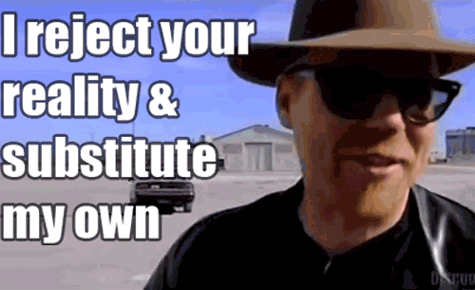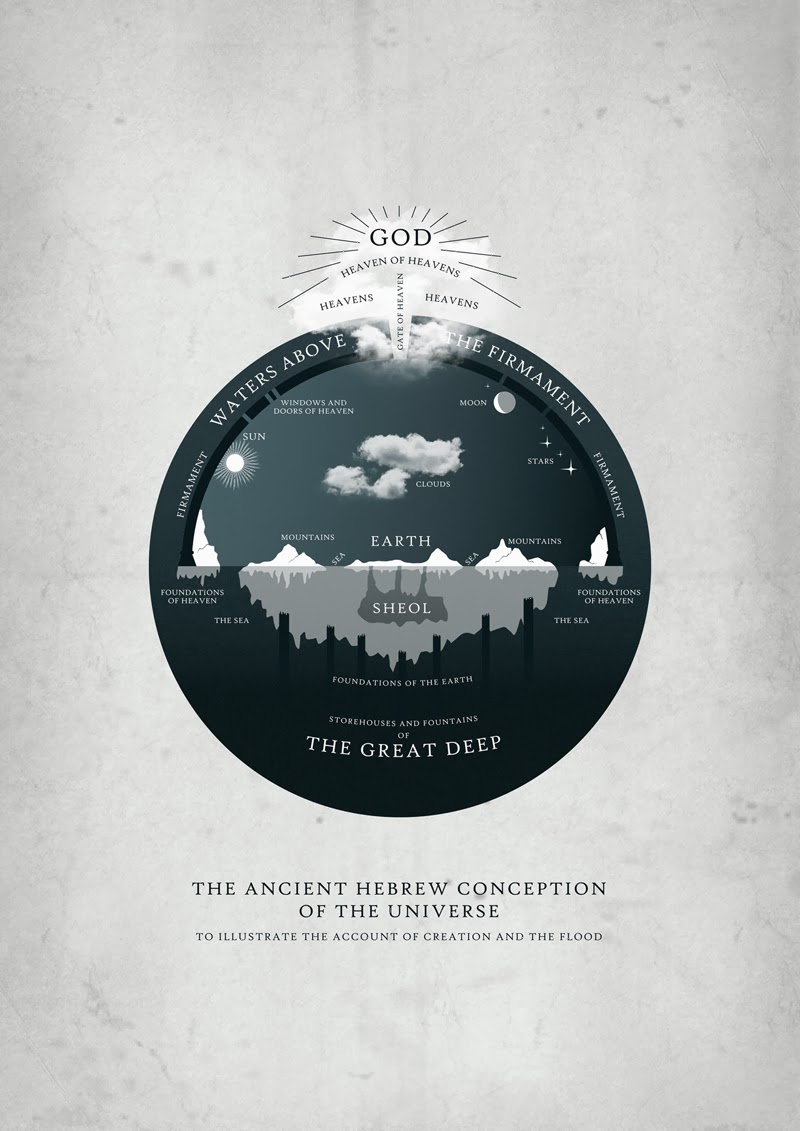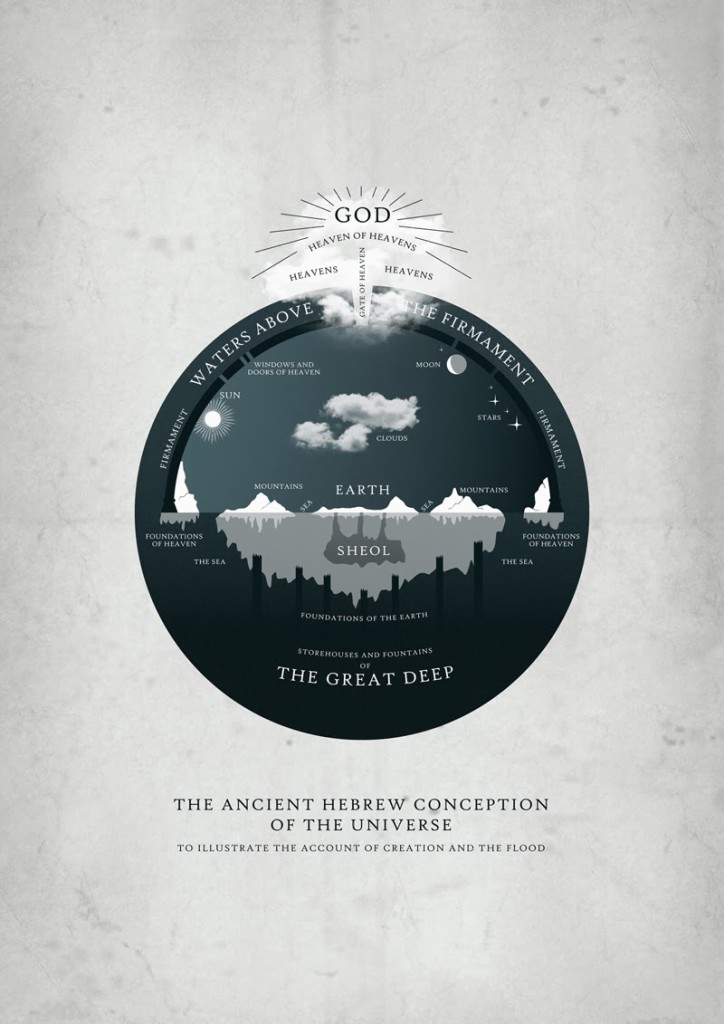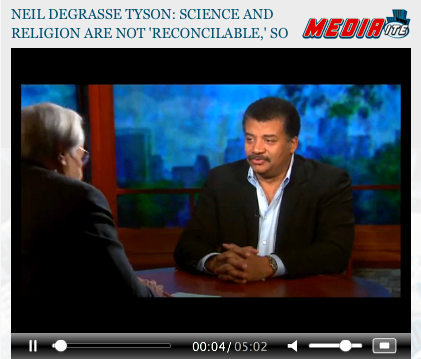Birthright Blessings; Marriage in the Covenant
Genesis 24–29
Links to the reading in the SAB: Genesis 24, 25, 26, 27, 28, 29
LDS manual: here
Background
This lesson is about Abraham’s son Isaac, and grandson Jacob. Strangely, Jacob’s story is almost a complete rehash of Abraham’s story, in fine detail.
You can read my great summary, or you can watch this video. (Language, casual misogyny, unpleasant depictions of birth.)
Ch. 25: Isaac has two sons, Esau (hairy guy) and Jacob (smooth guy). Esau is starving, so Jacob convinces him to sell his birthright.
Ch. 26: Isaac goes to Abimalech, king of the Philistines, and tells him that his wife Rebekah is his sister. Abimalech believes him, even though father Abraham told him the exact same lie. Won’t he ever learn?
Ch. 27: When Isaac is old, Jacob manages to trick his father into giving him the blessing intended for his older brother. Jehovah approves because he loves a good prank.
Ch. 29: Laban sells his daughter Rachel to Jacob for seven years of indentured servitude. But Laban pulls the ol’ switcheroo on the wedding night, and it’s the older daughter Leah in the sack instead. If Jacob wants Rachel, he’ll have to work another seven years. Since honesty isn’t really Jacob’s thing, I think he’s going to fit right into this family.
Again as with Abraham, there’s polygamous conflict when Rachel turns out barren. The whole thing turns into a baby-making competition, as housemaids are pulled into the action. Hilarity ensues.
What’s the theme for this lesson? I would have thought ‘honesty in your dealings’ was a good candidate, but no; everyone in this story lies like a rug, and they’re all doing fine. Instead, it’s ‘the importance of marrying people who think like you do’. Which for Jacob is… actually very fitting, yes.
Main points from this lesson
Marriage ‘in the covenant’ is intended to create ‘ideological bubbles’.
From the real lesson manual:
• Both Isaac and Jacob were instructed by their fathers to marry women of their own faith. Esau brought sorrow to his parents by marrying wives who did not believe in the God of Abraham. Why is it important to marry a person of our own faith?
Ask: Good question, manual. Why would the church think it’s important for Mormons to marry each other?
Short answer: When Mormons marry each other, it affords the opportunity to create ideological bubbles.
I remember being in the Mormon Bubble. It was great. It consisted of my family, the people at church, and pretty much everyone I knew. Inside the Bubble, it was soft and gentle. Everyone affirmed the group’s beliefs, told you how wonderful the Church was, and how wonderful your life was — but only if you were Inside the Bubble.
Sometimes ideas would get in from Outside the Bubble, but there were ways to cope with that. We were encouraged to evaluate external information against the principles we’d learned in the Bubble, which were considered the only reliable principles.
Then I went on a mission, and that was a real bubble. After the mission, I went to BYU, and that was an even bigger bubble! BYU exists to get young Latter-day Saints together so they’ll marry each other, and form their own bubbles. Eventually, you settle into a ward and join your bubble into a bigger church bubble. The church hopes that by doing so, you’ll be in that bubble for the rest of your life.
Purveyors of delusion have found it very useful to construct ideological bubbles. Religious communities rely on them. It’s why we see fundamentalist religions out in rural areas. Sometimes a religious leader will even move the entire group to a foreign country where it’s easier to control the information.
Here’s a primer on religious bubbles, but with a special focus on the Mormon Bubble.
Bubbles are fragile. Believing in things that aren’t real puts you in a tenuous position. To believe in a delusion is to construct an alternative to reality.
In order to seem plausible, delusional beliefs must be handled specially, in communities that are trained to treat the beliefs deferentially and uncritically. Those in the community may also take offence as a way of protecting the belief, or refusing to examine it themselves.
Essentially, religions are support groups for reality deniers.
True beliefs do not need bubbles to exist. Truth isn’t harmed by reality, but delusions sure are. And because reality is available to everyone all the time, it’s easy for delusions to get knocked down. Which is why religion hasn’t done well on the Internet, with its free flow of information.
Here’s a Facebook post by a bubble advocate. It’s Kim Clark, the president of BYU-Idaho, and he thinks ideological bubbles are a fine thing. This post is an elaborate justification for living in a bubble, and I think this is highly instructive.
I often have heard students talk about the “bubble”… referring to BYU-Idaho, the campus, and maybe even Rexburg. They have in mind the fact that there is a different feeling on this campus than they find in what they call “the real world”, a different Spirit, and that they feel protected here, surrounded by people who share their faith. Let me share with you a couple of thoughts about what I have heard:
1) The nickname “bubble” has a negative connotation and seems to indicate that what is inside of it is not real. As President John Groberg taught us about the temple, the real world — the world that will endure forever when everything in the mortal world is gone — is actually what you feel and experience inside the “bubble” — Zion, the Holy Ghost, the Kingdom of God.
Ask: How does he justify living in a bubble?
Answer: He has flipped the situation, and now believes that the universe we live in is not real, and the Mormon universe is. His acceptance of the alternate reality is complete.
2) You are a big part of what you feel inside the “bubble”. It really is the faith and devotion and goodness of the people who study and work here that makes the difference.
3) You can take it with you — you can make your own powerful, protective, enduring, eternal “bubble” in your own home and you should. You can build your own little Zion, first in your heart and then in your home, and then in your wards and stakes.
Ask: Why would it be useful to the Church to have its members in a bubble of their own creation?
Answer: You don’t have to monitor your members if the members monitor themselves, and the family can be utilised for this purpose.
Ask: When you find someone who is an advocate of ideological bubbles, what are they telling you?
Answer: They know their beliefs can’t compete with reality.
Ask: How can we stay out of ideological bubbles?
Possible answers:
- By being willing to update and change our minds when new knowledge and evidence comes along.
- By engaging honestly and openly with sincere and intelligent people who hold different views.
I’ve formed a book club with Christians, atheists, and a few undecideds. We’re working our way through one Christian book and one atheist book. If I’m wrong about my ideas, I know I’ll hear about it from them. So far, a lot of arguments, but nothing conclusive.
The doctrine of eternal families means the LDS Church owns your family
If someone were to ask me what the most evil LDS doctrine was, I wouldn’t hesitate a second in saying, “Eternal families”.
The church pretends to have to power to reunite families after death. That sounds like a great promise, but it didn’t sound so good to Stephen Fry on his trip through Temple Square.
Ask: How does Fry explain the appeal of this doctrine? Who is it especially meant to appeal to, and why?
The idea of “being with” one’s family for eternity falls apart for anyone who thinks about it for five minutes. How exactly is this meant to work? I love my family, and we always have a great time on our extended visits, but after a couple of weeks, we’re all glad to go away again and return to our own ways and routines. Being available for eternity seems grindingly tedious, even for family members who get along. What if there’s conflict? What if there’s a family member who loves you, but whom you detest? It wouldn’t be very heavenly for you if they’re always around, so would there be some way to block them? That might not be very heavenly for them. The whole idea raises so many problems, I can scarcely believe no one seems to mention them.
But there’s a much more sinister side.
Read this quote from the real Gospel Doctrine manual.
President Gordon B. Hinckley told of a family who joined the Church in Australia and then sold all their possessions so they could travel to New Zealand and be sealed as a family. The father of this family said: “We could not afford to come [to the temple]. Our worldly possessions consisted of an old car, our furniture, and our dishes. I said to my family, ‘We cannot afford not to go. If the Lord will give me strength, I can work and earn enough for another car and furniture and dishes, but if I should lose these my loved ones, I would be poor indeed in both life and in eternity’ ”.
Ask: What did this man think would happen if he didn’t engage in farcical temple ceremonies, a prerequisite of which is paying ten percent of his income to the church?
Answer: He thought he would lose his family. Consider this.
Ask: What do we call it when someone threatens you with the loss of your family if you don’t do what they say (including paying them)?
Possible answers: Kidnapping, extortion, holding to ransom.
This doctrine is vile. It is emotional hostage taking. A normal person should be disgusted by it.
This doctrine plays out in ways that are destructive to the working of a healthy married relationship, and to the development of a person.
From the real lesson manual:
• After two people have been married in the temple, what must they do to ensure they have a truly eternal marriage?
What, indeed.
They both have to stay in the church and keep all the church’s rules (again, including paying buckets of money for the rest of their lives). But if one partner stops believing in the Mormon religion — or in other words, recognises they’ve been conned — then they’re the bad one. Supposedly, they’re the one throwing the relationship into disarray, jeopardising their eternal future together, and so forth.
A Mormon friend of mine once confided in me. He’d thought thoughts that couldn’t be unthought, and now he was uncertain that there was a god. I congratulated him, offered support, and suggested some online communities where he could talk to people in the same situation.
Finally, desperate to get his struggle off his chest — out of a very human wish to be known by those we’re closest to — he told his wife about what he was going through. She didn’t take the news well.
Over the next year or so, he was hauled in for meetings with the bishop, chided for his lack of belief, and systematically bullied back into the Church, because that was the cost of his relationship with his family.
The former Mormon in me can empathise with his wife. Here you think you know someone, you have the same goals, and then your partner explains that they don’t share your heretofore shared values. That must throw you into a tailspin.
Or at least, it would, if your relationship were based on the church, and not on each other. It would, if your relationship is predicated on always believing the same things.
I still don’t know what’s going on for my friend; he doesn’t write me anymore. If he’s happy participating in and enriching that — here’s a loaded word, but I promise I’ll only use it when I think it’s deserved — cult, then that’s fine. It’s his life, not mine. But I hope that he and his wife can finally get to a place where he’s accepted and valued as himself, and not just as a role.
How can a couple make it? There are a few ways this can play out.
- The believing partner might follow the deconverted one out.
These are the happiest stories.
- The deconverted partner can stay in the church, but under deep cover.
You can participate in church, and keep going to keep the peace. (Hello, reader.)
I don’t blame anyone for taking this course, but it seems to me the least desirable option, and the one most destructive to one’s integrity. Is this the kind of relationship where your views can be respected? Or will your disbelief in nonsense be taken as evidence that you’re in league with Satan? Believers can have a hard time with negotiation and compromise when they see it as giving in to the Evil One.
- One stays in, one stays out, and they work it out in an atmosphere of respect.
This one is a tough row to hoe. The LDS Church doesn’t make it easy for disbelieving spouses. Because of its emphasis on having a ‘righteous priesthood holder’ at the head of the family, it’s difficult not to feel like damaged goods. There are a thousand unintended insults. “Yeah, they’re a great person even though they’re not a member.”
There’s a photo of me at my son’s baptism, before I was out publicly. There’s my son, dressed in white. There’s a friend my age, also dressed in white. And then there’s me in a dark suit (obviously not doing any baptising that day), trying to smile. I’m sure that suit was the talk of the ward.
Free advice to those who have deconverted
Place the relationship before deconverting your partner.
Both partners have to recognise in themselves the tendency for evangelism.
I happen to think this is less of a problem for ex-Mos. Yes, there are some preachy ex-Mos out there, but I think this tendency is mitigated by a few factors:
- Latent guilt
- An aggressive church culture that thinks nothing of treating a non-believing spouse as second-best
- A recognition that your partner won’t be punished in the eternities for believing the wrong thing.
Resist the tendency to feel like you’re damaged or diminished.
You got the right answer. You are now able be moral in a way you never could be when you were getting your moral choices handed to you — and frankly, that morality was often terribly immoral.
Develop boundaries and differentiation
You don’t have to believe the same things or have the same goals. You married a person, and not a role. Or if you did marry a role, now’s your chance to forge a new deal with your partner as a person. See if you meant it the first time, when you said you’d stick it out. You get a second chance to choose your partner.
Divorce is not the worst thing, and keeping it together may have too high a price.
Live a good moral life as an unbeliever, as you define it.
What’s been your experience, and how is it going? What advice would you give? Please leave a comment; I’d love to hear what you think.
Additional ideas for teaching
The church still teaches against interracial marriage.
Since we’re talking about dubious morality, here’s a quote that appears in the LDS Church’s Aaronic Priesthood Manual, both in print and online.
“We recommend that people marry those who are of the same racial background generally, and of somewhat the same economic and social and educational background (some of those are not an absolute necessity, but preferred), and above all, the same religious background, without question” (“Marriage and Divorce,” in 1976 Devotional Speeches of the Year [Provo: Brigham Young University Press, 1977], p. 144).
Is this an organisation that has any business telling anyone who to marry?
No camels.
Camels as a means of transportation abound in the Old Testament. When Abraham sends a servant to look for a bride for his son Isaac, that servant chooses Rebecca. And why? Because of her kindness in offering to water the camels. That’s just one of dozens of camel cameos in the Bible, mostly in the book of Genesis, but scholars have long suspected that those camel caravans are a literary anachronism. And now more evidence from two Israeli archaeologists. Their radio carbon technology dated the earliest known remains of domesticated camels. And yes, they came along after the time of Abraham.
Camels? Oh, well, clearly they meant tapirs.
This is new research, and it may be overturned by more information. But isn’t it nice to know that it’s not just the Book of Mormon that has anachronism issues?
The Bible gets genetics wrong
It also has genetics issues. Laban promises Jacob all the striped and spotted goats, so how does Jacob make as many of them as possible? By having the goats look at striped sticks while mating. Yep, that will do it.










Recent Comments